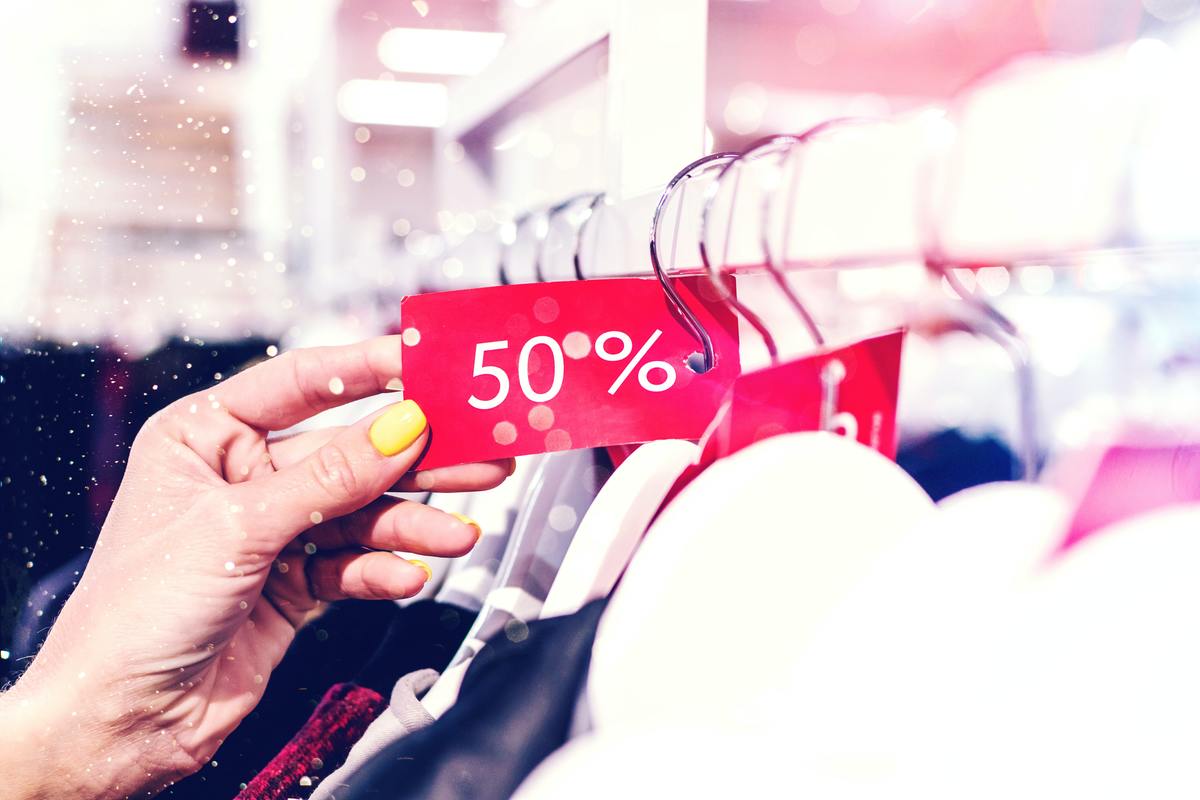Given all we have been through in the last year, I am befuddled as to why most of the retail industry remains so staunchly stuck in its ways. COVID gave retailers and brands not only a window to innovate, but countless examples of what would happen if they continue to keep their feet rooted in the past. Well, it’s January, and anyone with their eyes up can see that the world has completely changed. While consumers had already framed new expectations before the pandemic, the idea that they’ll somehow return to their old ways once a vaccine has been distributed is a fool's premise. Now more than ever, retailers absolutely must stop with the bad habits, and at the core of this is discounting.
Pricing has long been considered the biggest lever for retailers when competing for market share and attracting customers, particularly as they competed with Amazon. However, COVID has fueled an enormous shift within consumer expectations, and has prioritized safety and convenience often over pricing. We’ve heard from the industry that consumers are still shopping the same way they did during the holidays, rather than looking for big post-holiday sales. And smart retailers have already started to pull back.
As an example, while the holiday showed deep discounts early-on to incentivize consumers to start shopping early, data by Salesforce (CRM) published late last year showed that retailers started pulling back in December, with the global average discount rate dropping to 18 percent on average for the first two weeks of December down from the 28 percent average global discount rate offered on Cyber Monday.
This was a smart move, and likely helped retailers in-line with their consumer expectations capture more revenues during the holidays.
First Insight data has also found that while pre-holiday expectations for discounts is usually significant with consumers, the pandemic holiday season looked very different, with expectations for discounts ticking up only slightly or in some cases reducing. Much different than in the past.
For example, 28 percent of consumers we surveyed said they would require a 30-50 percent discount to buy apparel in November, compared to 26 percent who said the same about shopping in September. Similarly, 44 percent of respondents required only a 30 percent discount or less in both November and September.
This was similar across other categories as well. Beauty for example showed even fewer consumers expecting the same level of discounts approaching the holidays. For beauty products, 27 percent of consumers surveyed in November required a 30-50 percent discount, compared to 29 percent in September. Similarly, 34 percent required a 30 percent discount or less in November, compared to 32 percent in September.
Luxury products followed the same trend. Twenty-four percent of respondents said they would require a discount between 30 and 50 percent in November, compared to 25 percent in September who said the same. Twenty-seven percent said they would require a 30-percent discount or less on luxury goods in November compared to 25 percent in September, only a slight uptick on the lowest end of the discount spectrum.
This trend indicates a significant opportunity for retailers to break the discounting habit and start to recapture lost revenues by pulling back on unnecessary markdown practices, and gain a better understanding of their customers from the beginning to the end of their journey, and beyond.
rue21, which emerged from bankruptcy in 2017 and opened three new stores during the pandemic, is a great success story of how to utilize correct pricing to avoid the multimillion-dollar costs. During COVID when many retailers were struggling to find success or filing for bankruptcy, rue21 was opening new stores. They’re committed to understanding their customer throughout the entire journey from the beginning to the end. According to an article by CO – by the U.S. Chamber of Commerce, utilizing technology to understand what consumers want has played an integral role in the company’s recent success. Further, rue21 plans to open 15 new brick-and-mortar stores starting this month, and has been beating expectations and increasing its comparable sales year-over-year according to a piece in Retail Dive.
This story also points out that historically, retail merchandisers have relied on a combination of in-store testing and intuition to make decisions about what items to carry and how to price them — which can be time-consuming and often costly, when items that miss the mark with customers need to be marked down.
As consumers continue to be a moving target, testing pricing is integral to informing business decisions and ensuring retailers and brands are capturing the most revenue. This can happen in tandem with marketing messaging to maximize profitability, which should similarly be tested in advance of any launches to avoid any marketing snafus, and to determine when or if promotions should be part of the marketing strategy.
With so much uncertainty around stimulus checks and vaccine roll out plans, future expectations on pricing will be impacted. Retailers and brands must use the technology tools available to make informed decisions as we head into what will likely be a tumultuous year.
Otherwise, just give the business to the Big 3 (AMZN, WMT, TGT) because THEY ARE USING TECHNOLOGY TO MAKE DECISIONS.














